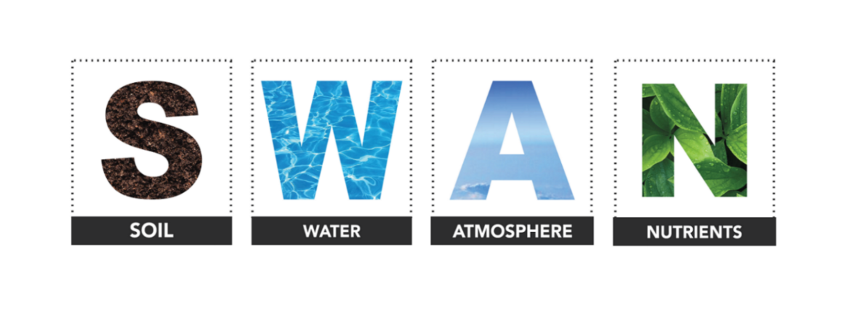We at Trace & Save are very passionate about sustainability on farms. We are passionate about partnering with farmers to help them adopt practices that will contribute towards sustainable farming and sustainable products. We are also passionate about partnering with consumers to ask the questions of where, and how, our food has been produced. The greatest reason for this passion is because we believe that all of us have a responsibility towards stewarding the natural environment and the resources which contribute to our sustenance.
‘Going green’, ‘living an environmentally friendly lifestyle’, ‘making your business more sustainable’, these are all buzz phrases at the moment, and for good cause. But what does it all mean if it does not result in some sort of tangible action with results? At Trace & Save we believe in placing integrity to our claims of addressing sustainability on farms. One of the ways we do this is by using the concept of measured agricultural sustainability using the SWAN system.
The SWAN system has been specifically designed to comprehensively measure indicators of sustainability on farms. The system involves measuring indicators of Soil, Water, Atmosphere and Nutrients on a farm. The soil is important as this is where life begins on a farm through the growing of pastures and crops. Healthy soils result in healthy products. Water is essential to life and it is an important, finite resource which needs to be used responsibly and efficiently. The atmosphere relates to climate change and the effect of greenhouse gases, so it is important to know the extent to which greenhouse gases are being emitted on farms, and what affect that might have on climate change. Nutrients are important as they are necessary for production on farms, but when they are in excess they are wasted as a resource and cause pollution.
Various indicators of each of the aspects of the SWAN system are measured on farms on a yearly or bi-yearly basis providing a score (or index) for soil, water, atmosphere and nutrients, as well as an overall SWAN score. The first time that each farm is measured gives that farm a baseline score against which that farm’s change over time will be observed. The SWAN system allows for consumers to see whether there have been improvements, or not, with regards to sustainability indicators, on farms. The system is also greatly beneficial to farmers as it helps them to identify areas where they can improve farming practices, and helps them to observe the effect of different practices on farm sustainability indicators.
The SWAN system is designed to provide a comprehensive picture of on-farm sustainability covering the five pillars of sustainable land management: productivity, security, protection, viability and social acceptability1; as well as providing economic, environmental and social benefits.
References:
- Smyth AJ & Dumanski J. 1993. FESLM: An international framework for evaluating sustainable land management. World Soil Resources Report. Food and Agriculture Organization of the United Nations.
- A carbon footprint assessment for pasture-based dairy farming systems in South Africa - 2024-02-07
- What progress have farms participating with Trace & Save made over the past 10 years? - 2023-09-06
- Carbon footprint reduction over time: Lessons from pasture-based dairy farms in South Africa - 2023-09-04

